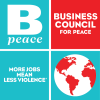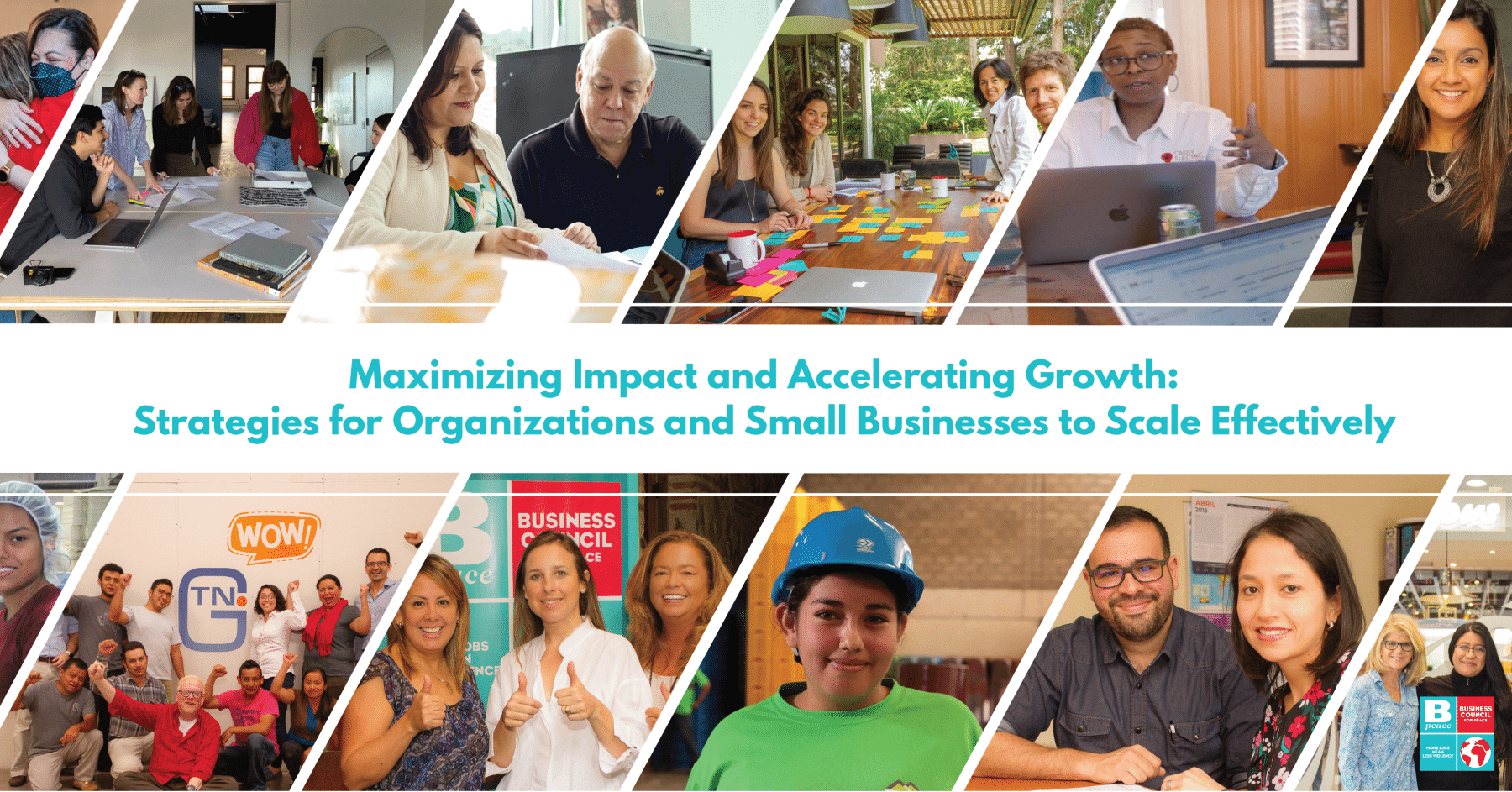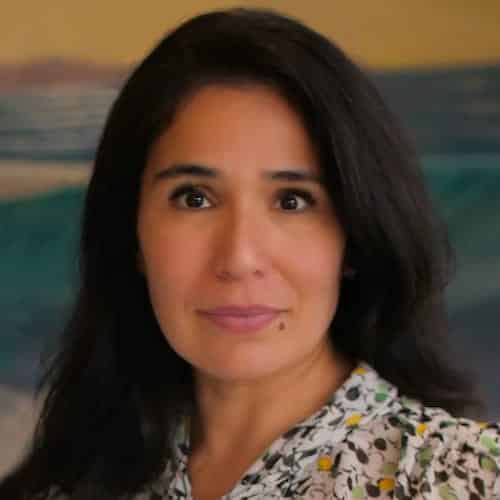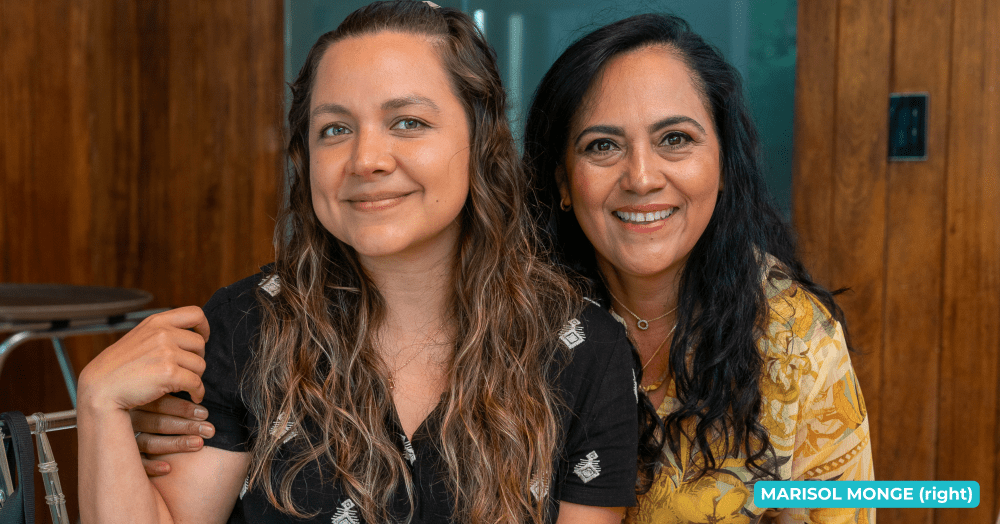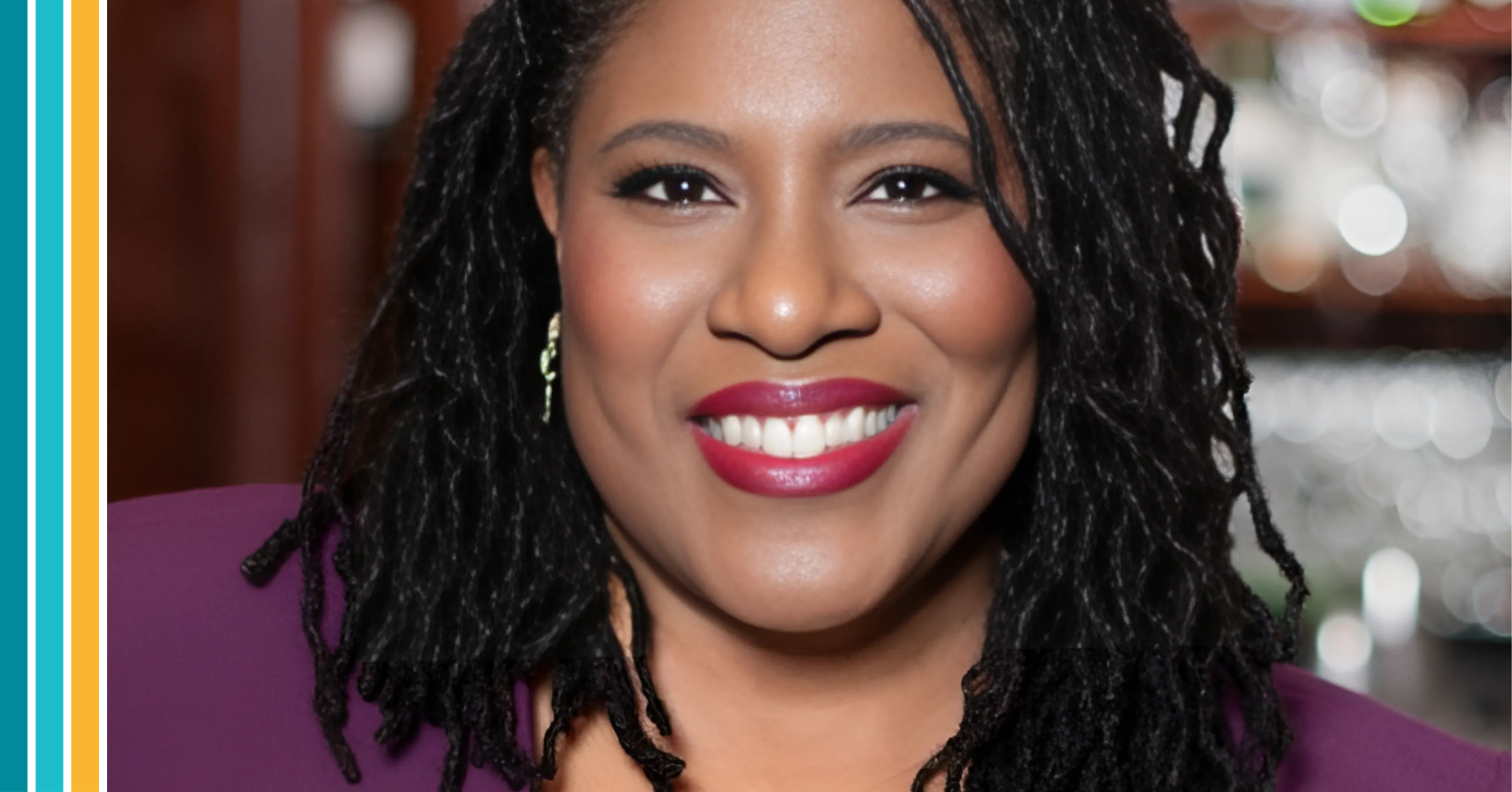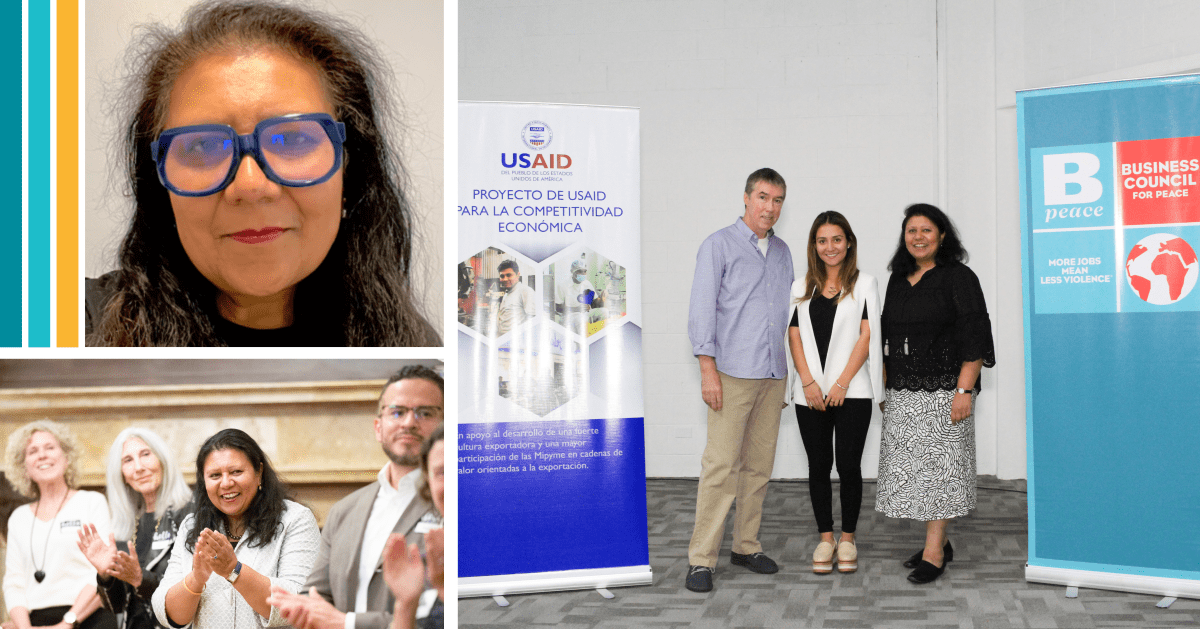High-performing organizations display a pattern of characteristics that our partner Argidius has called SCALE. The five considerations are:
SELECT the right enterprise
CHARGING enterprises improves performance
ADDRESS PROBLEMS: we learn best by problem solving
LEARN by evaluating enterprise performance
Lead by EXAMPLE: Improve your own organization to better serve enterprise needs
The goal of SCALE is to help organizations maximize impact and helps small businesses grow and create jobs. Here is how Bpeace implements SCALE to accomplish these objectives.
Why We Build Diverse Portfolios of Small and Medium-size Businesses (Fast Runners)
The Harvard Business Review says diverse teams are smarter. At Bpeace we say a diverse portfolio of Fast Runners PERFORMS better.
And to us, performance encompasses the preservation and creation of more jobs, increased economic opportunities for women, and greater circulation of revenue within communities. In short, diverse selection translates to improved performance.
We invest significant time upfront in selecting Fast Runners. We aim to identify small business owners with high potential and leadership characteristics that respond well to the Bpeace approach, while also filtering for industry diversity to help us mitigate risk.
- We start with a diverse selection committee comprised of Sklillanthropist volunteers with consulting credentials from McKinsey, PwC and from service and manufacturing sectors. For Central America selection, we provide the selection committee local/cultural context by including our local Salvadoran or Guatemalan staff.
- We have rigorous selection filters that assign different weights to various factors. For example, to ensure that at least 50% of our portfolio consists of women-owned or led businesses, our scoring tool is designed to give these businesses a higher score.
- We evaluate both hard and soft data. Bpeace considers historical financial and employment data, as well as conducts interviews and facility tours of semi-finalists during the selection process. For example: We prioritize business owners who demonstrate that they know their employees by name, and welcome team members to speak during interviews. In addition, Bpeace considers a business’s efforts towards climate action and the advancement of women.
- We make tough choices. We require a diversity of industries. For example: 25% food processing, 25% pharma/health, 25% manufacturing, 25% services. This strategy proved successful during the COVID-19 pandemic, with the growth of the pharmaceutical/health sector counterbalancing the softness observed in other sectors.
The outcome of this strategic diversity in selection consistently yields better performance of the Bpeace portfolio. As evidence,100% of our Fast Runner businesses survived the COVID-19 pandemic, and 98% of jobs were preserved.
How We Shifted to Charging Fast Runners Fees for Our Services
Free or fee. We shifted from a free to fee-based model in 2017, and we never looked back. Performance and productivity increased for our Fast Runners and unexpectedly, our staff as well.
Here are the steps we took.
- Understanding our competitive edge. We conducted interviews with former Fast Runners to better understand their perception of how they benefited from the Bpeace collaboration. The overwhelming response was ACCESS to our network of Skillanthropist experts who are normally out of their financial or geographical reach.
- We made a business case centered on VALUE. The consulting value each Fast Runner receives from between three to six Skillanthropist volunteers over a 10-month period is at least $30,000. This value greatly exceeds the nominal fee paid by Fast Runners, which ranges from$500 to $1500.
- Buy-in from former Fast Runners. We tested tier-based fees among former Fast Runners and they became eager ambassadors. The tiers are based on annual revenue.
- Armed our local staff with messages and materials. The Bpeace team analyzed the competitive landscape to determine what other organizations were charging, or not charging, for similar services. We also involved staff in the development of recruitment materials that would help them pitch potential Fast Runners. The fee structure is front and center from the start, so there are no surprises once the candidates are notified of their selection.
The outcome is better performing Fast Runners who create more jobs and generate more revenue. This success is attributed, in part, to a shift in mindset among Fast Runners, who now see their collaboration with Bpeace as an investment in their own growth rather than a side project they were invited to—they feel more like clients than beneficiaries under this model.
Free to fee also made our staff happier. They no longer have to spend as much time chasing Fast Runners to make appointments or respond to requests for data.
Less chasing for data, brings me to my final point:
How a Culture of Clear Values Increases Our Learning and Performance
Bpeace is not entitled to respect and trust from Fast Runners. We earn it. And we do that through a culture of continuous learning and adjustment.
- Learning starts with our values. Each entrepreneur has a story and life outside of work. Humans start businesses and we need to make human connections. Bpeace’s values include:
-
Trust and respect: Earn it. Give it.
-
Empathy: No one cares how much we know, until first they know how much we care.
-
Impact: Create it, measure it, tell stories about and revel in it.
-
Demand-driven: Ask and listen, so that what we create and provide meets real needs.
We use the mantra deposits and withdrawals. Bpeace recognizes we need to make more deposits than withdrawls to build trust and foster long-term relationships. We accomplish this by consistently sharing historical and current impact and benchmarking data with Fast Runners and Skillanthropists.
In 2017, Bpeace conducted a joint evaluation with Argidius to gather feedback from Fast Runners about every aspect of the program. We identified areas of improvement and made adjustments to better meet the needs of entrepreneurs, resulting in increased participation and better performance. By being open to feedback, Bpeace is able to continuously improve and deliver more effective programs.
- We decreased program length and intensity. Fast Runners were able to see the program as less of a burden and more of an opportunity. We now have a high Fast Runner retention rate and 100% compliance for data requests.
- We are more agile in analyzing, adjusting and advancing our programs in real time. We deploy frequent and very short feedback loops after Fast Runner interactions with Skillanthropists. In response to Fast Runners requests to upskill more than just their leadership teams, we incorporated simultaneous translation to make our services more accessible to Fast Runners’ non-English speaking employees.
Bpeace’s success is further proven by the fact that in 2021, former Fast Runners began applying to enter a second Bpeace program. This demonstrates the value and impact of Bpeace’s programs, as repeat clients are a testament to success.
We are now leveraging our previous selection efforts and doubling down on our own investment in businesses we already know make a difference.
Read the full Argidius SCALE report HERE.
